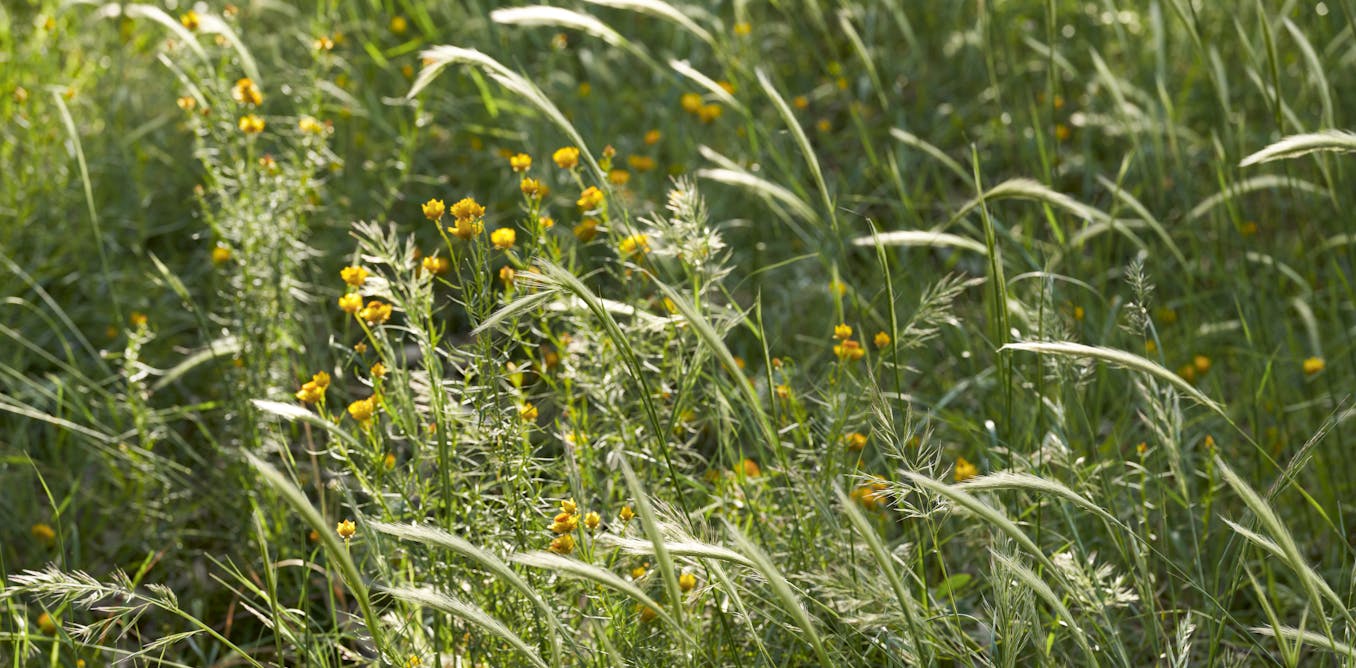A city street may seem an unusual place to save species found in critically endangered grasslands. My new research, though, shows we can use plants from these ecosystems to create beautiful and biodiverse urban wildflower meadows. This means cities, too, can support nature repair.
Species-rich grassy ecosystems are some of the most threatened plant communities on the planet. Occupying easily developed flat land, grassy ecosystems are routinely sacrificed as our cities expand.
In south-east Australia, the volcanic plains that support Melbourne’s northern and western suburbs were once grasslands strewn with wildflowers, “resembling a nobleman’s park on a gigantic scale”, according to early explorer Thomas Mitchell. But these exceptionally diverse, critically endangered ecosystems have been reduced to less than 1% of their original area. The few remnants continue to be lost to urban development and weed invasion.
Unfortunately, efforts to restore the grasslands around Melbourne have had mixed results. In 2020 the City of Melbourne took matters into its own hands. Recognising it is possible to enrich the diversity of birds, bats and insects by providing low-growing native plants, the council set a goal to increase understorey plants by 20% on the land it manages.
Creating a large native grassland in inner-city Royal Park would help achieve this goal. Adopting a technique used by wildflower meadow designers, we sowed a million seeds of more than two dozen species from endangered grasslands around Melbourne. All but one of these species established in the resulting native wildflower meadow.
1
